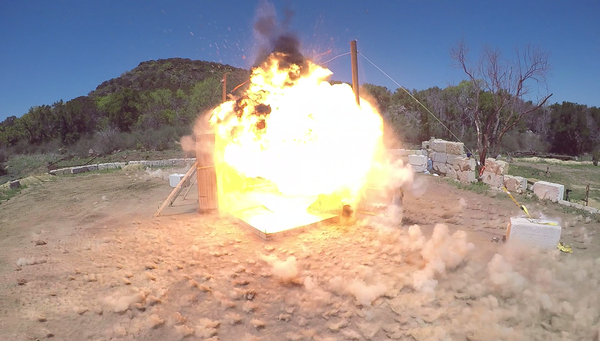Photonic precision measurement chip shows mass production of quantum sensors is possible
Researchers at the National Institute of Standards and Technology (NIST) have created a chip on which laser light interacts with a tiny cloud of atoms to serve as a miniature toolkit for measuring important quantities such as length with quantum precision. The design could be mass-produced with existing technology. Above – NIST’s prototype chip for …











